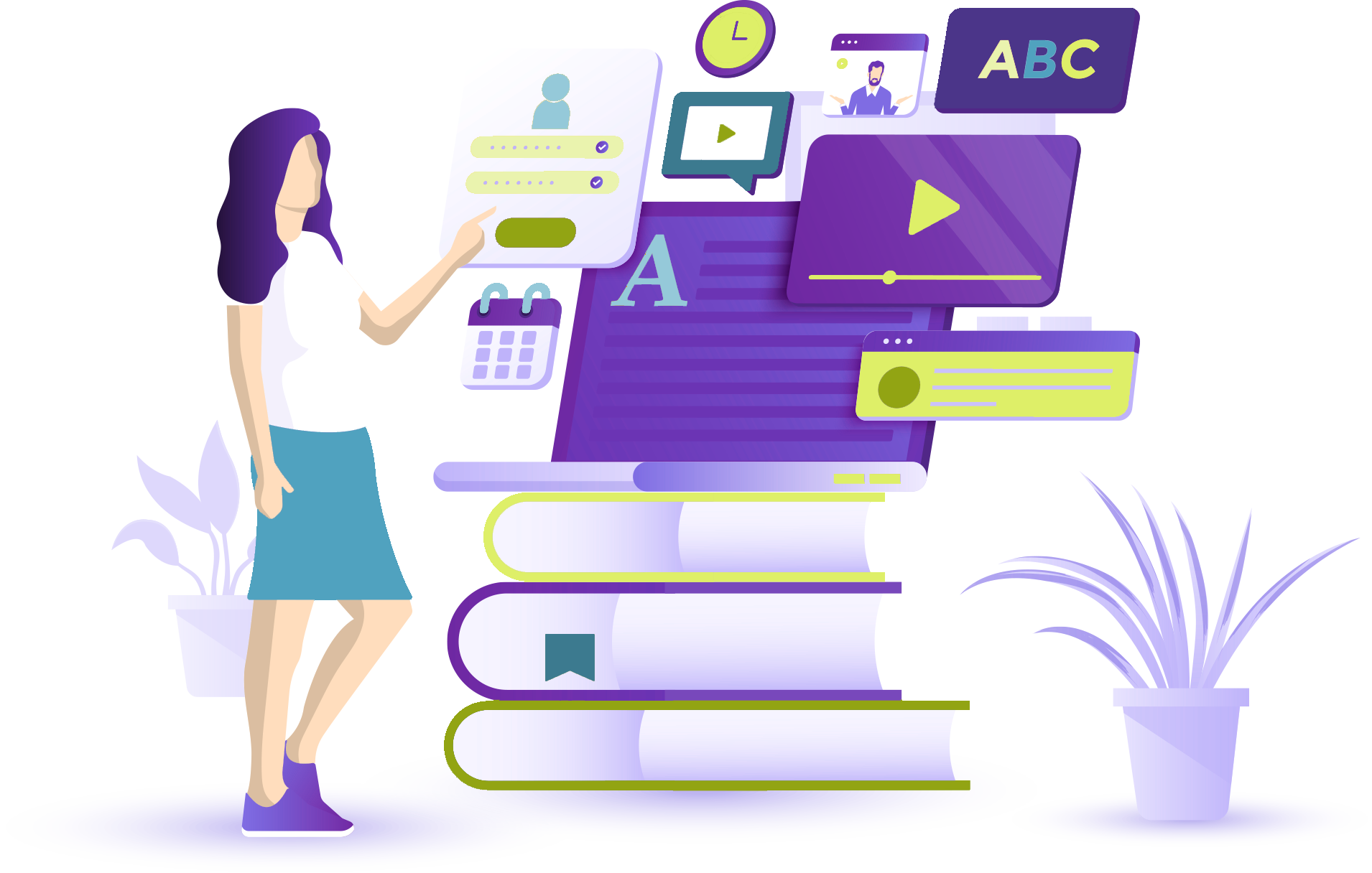
The terms "School Management System" (SMS) and "Student Information System" (SIS) are often used interchangeably, but they refer to different scopes and functionalities within the educational technology landscape. Here is a detailed comparison to highlight the differences:
School Management System (SMS)
Scope and Focus of an SMS:
Comprehensive Management
An SMS encompasses a wide range of functionalities beyond just student-related data. It integrates various aspects of school administration, academic management, financial operations, and communication within a single platform.
Holistic Approach
It addresses the needs of different stakeholders, including administrators, teachers, students, and parents, and provides tools for managing the entire school ecosystem.
Core Functions of an SMS:
Administrative Management
- Handles student and staff information management.
- Manages admissions, enrollments, and staff records.
Academic Management
- Supports curriculum planning, class scheduling, and classroom allocation.
- Manages grading, assessments, and academic reporting.
Financial Management
- Automates fee collection, accounting, and budgeting.
- Tracks financial transactions and generates financial reports.
Communication and Collaboration
- Facilitates communication between parents, teachers, students, and administrators.
- Includes messaging systems, emails, and portals.
Resource Management
Manages library resources, transportation, and other school facilities.
Benefits of an SMS:
- Streamlines all school operations in one integrated platform.
- Enhances overall efficiency and productivity by reducing manual administrative tasks.
- Improves coordination and communication among all stakeholders.
Student Information System (SIS)
Scope and Focus of an SIS:
Student-Centric
An SIS focuses specifically on managing student-related information and processes. It is designed to handle student data and academic activities within the educational institution.
Data Management
It primarily deals with student records, academic performance, and related administrative tasks.
Core Functions of an SIS:
Student Enrollment and Registration
Manages the process of student applications, admissions, and course registrations.
Grade and Transcript Management
Records and manages student grades, assessments, and transcripts.
Attendance Management
Tracks and records student attendance.
Timetable and Scheduling
Helps in creating and managing student class schedules.
Parental and Student Portals:
Provides access for students and parents to view academic progress, attendance, and other relevant information.
Benefits of an SIS:
- Ensures accurate and up-to-date student records.
- Enhances academic performance tracking and reporting.
- Facilitates parental involvement and communication regarding student progress.
Key Differences
Scope:
- SMS: Broader scope, covering all aspects of school management.
- SIS: Narrower scope, focused specifically on student-related information and academic processes.
Functionality:
- SMS: Includes functionalities like financial management, resource allocation, staff management, and comprehensive administrative tasks.
- SIS: Primarily handles student enrollment, attendance, grades, transcripts, and scheduling.
Stakeholders:
- SMS: Serves a wide range of stakeholders including administrators, teachers, students, parents, and support staff.
- SIS: Primarily serves students, parents, and academic staff.
Conclusion
While both School Management Systems and Student Information Systems are crucial for the efficient functioning of educational institutions, they serve different purposes and scopes. An SMS offers a comprehensive solution that addresses all aspects of school administration and management, while an SIS focuses specifically on managing student data and academic processes. Understanding the differences between the two can help educational institutions choose the right system based on their specific needs and goals.
Is iGradePlus an SMS or SIS?
While iGradePlus calls itself a School Management System, in reality it combines the scope, focus, functionality, and benefits of both an SMS and an SIS.


